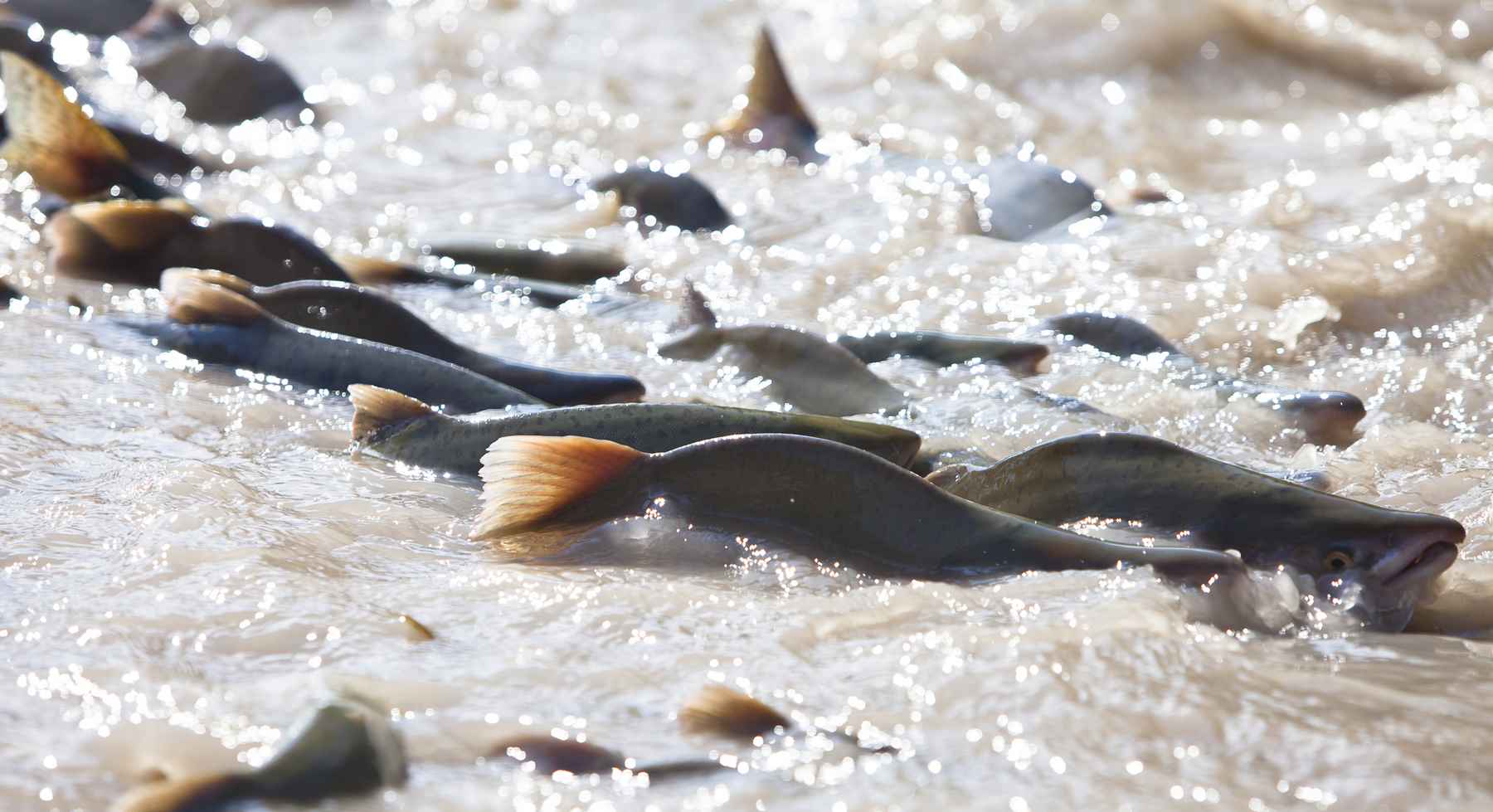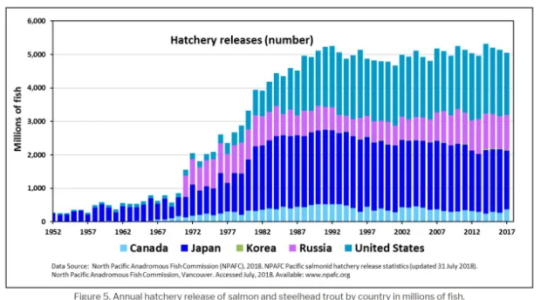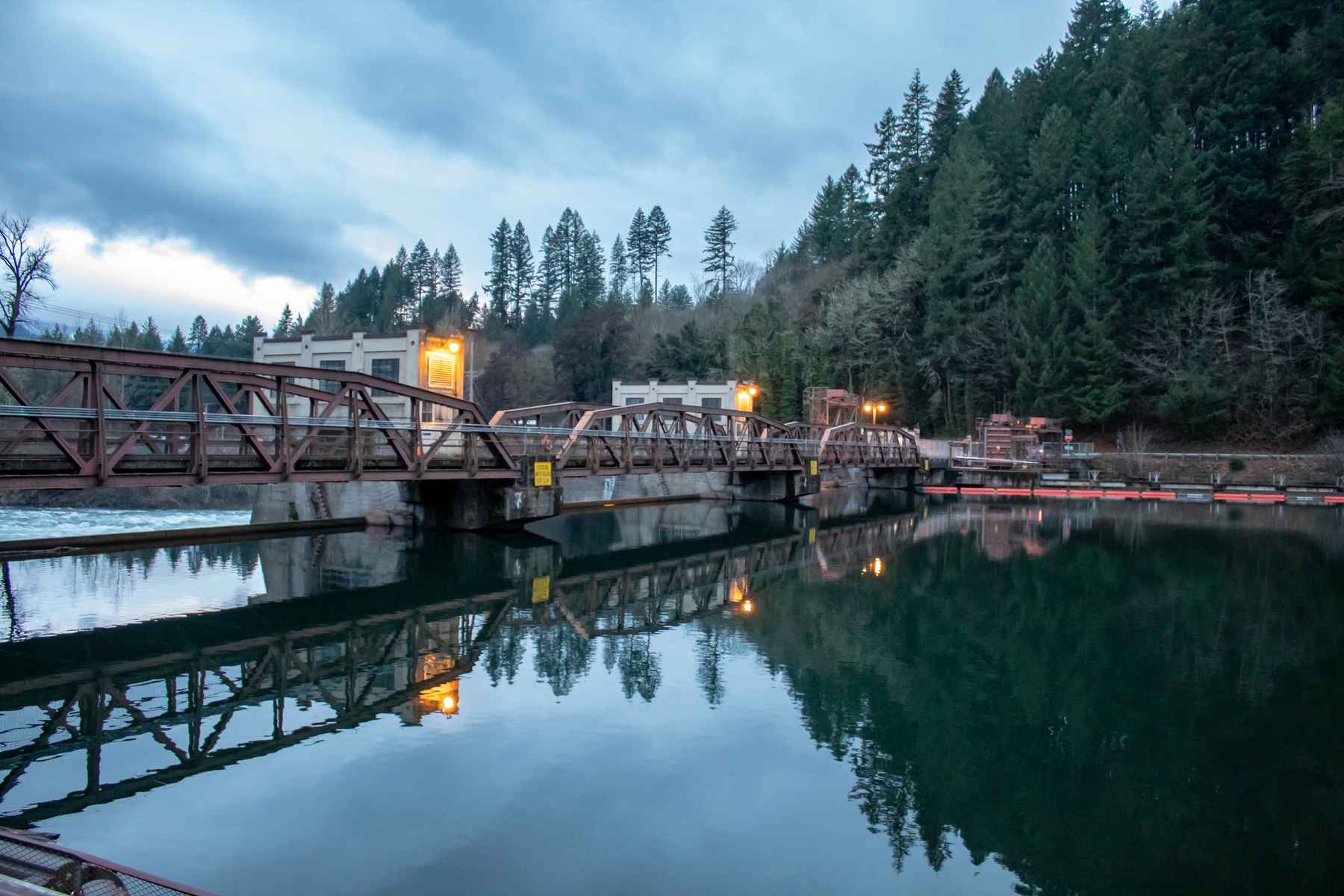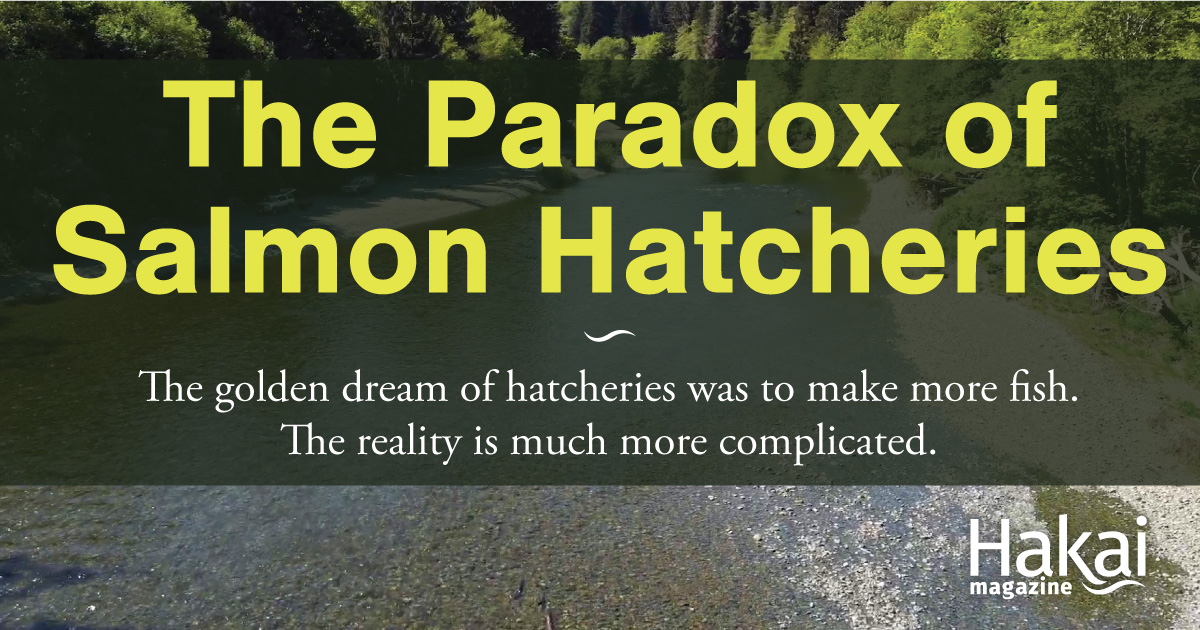I think the general public likes simple black & white narratives - and the media always wants an easy 30 second sound bite. Nuances and shades of grey take more time and commitment to learn about a specific topic - meanwhile there is a fast train of numerous other World problems coming at the general public that distracts them from any 1 currently identified crises.
So, topics are covered superficially and those results from any targeted focused system (~10 million hatchery masu salmon enhancement) are extrapolated onto all possible applications into all systems and stock assistance programs across all watersheds and countries w/o those nuances.
As numerous posters have already mentioned - hatchery procedures (e.g. fertilization, feeding, release, numbers) along with numerous genetic methodologies (e.g. PNI, PBT) can help minimize these introgression & competition effects.
The authors did not specifically define what they meant by "
intensive release of hatchery salmon", but instead claimed that the statistical effect was due to "
competition between masu salmon and other salmonid species - interference or exploitative" along with the "
reduced fitness of hatchery masu salmon" over "
successive generations in captivity".
Furthermore, the authors state that the "
number of releases is determined without accounting for the current condition of the recipient ecosystem. As such, released fish are probably “excessive” and may cause resource competition that would otherwise not exist."
I think that is the take-away confirmation for me - numbers verses numbers, hatchery verses wild aka PNI or
Proportion Natural Influence in Canada and the USA - a hatchery technique not mentioned by these Japanese authors and possibly unknown to them:
Research Document 2018/019

www.dfo-mpo.gc.ca
Science Advisory Report 2018/001

www.dfo-mpo.gc.ca
Nor did they note any exceptions to their findings:
If the authors wished to be helpful in the fisheries management end of things - the question and focus of how successful PNI and other hatchery processes can be and at what level would be helpful to incorporate into hatchery procedures - along with an explicit acknowledgement & research into different hatchery practices, capacities, intensities, success and purposes.






